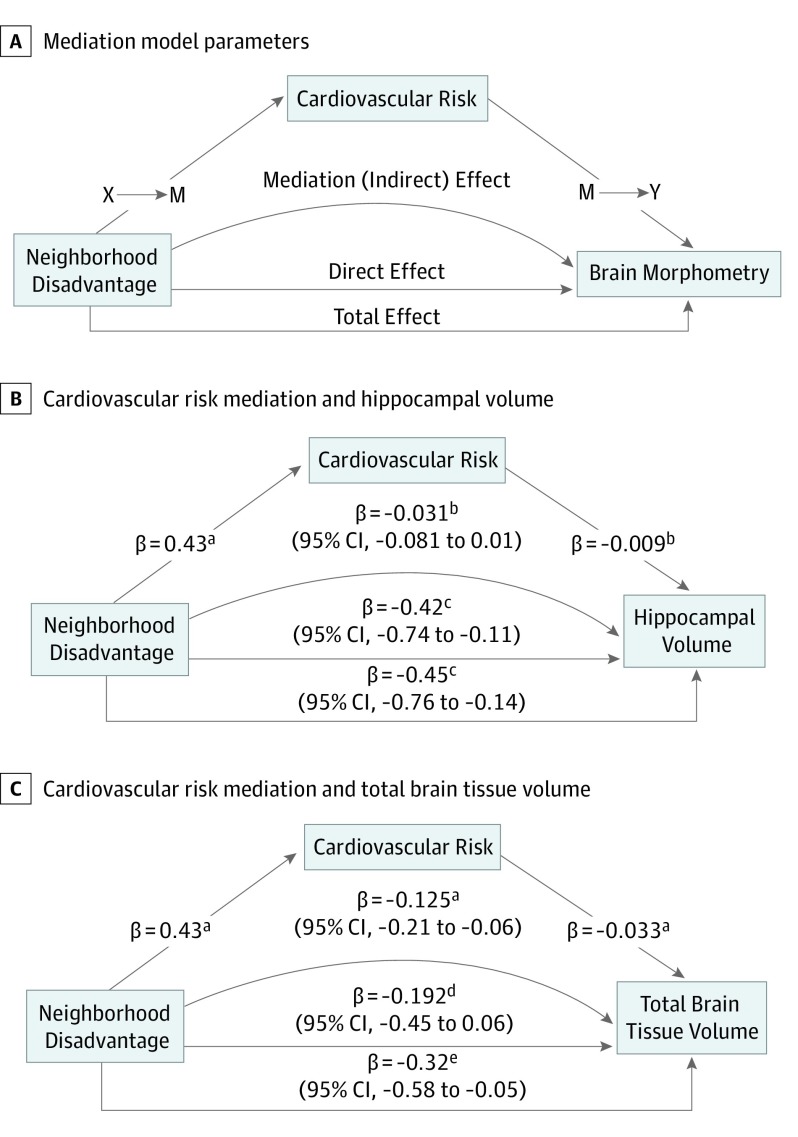Figure 3. Cardiovascular Risk Mediation of Association Between Neighborhood-Level Disadvantage and Global Brain Volume.
A, Conceptual model for path analysis and mediation model parameters. B, Results of cardiovascular risk mediation of neighborhood-level disadvantage on total hippocampal volume. C, Results of cardiovascular risk mediation of neighborhood-level disadvantage on total brain tissue volume. z-Score–scaled β coefficients (Cohen d statistic) for relevant variables are shown for stepwise multiple regression models in path analysis (X → M and M → Y), Cohen d and 95% CIs are shown for estimation of indirect, direct and total effects using quasi-bayesian Monte Carlo simulation mediation modeling. Effect sizes can be directly compared between the 2 outcomes. Cardiovascular risk significantly mediated the association between neighborhood disadvantage and total brain tissue volume, but not for hippocampal volume. All models control for intracranial volume, age, sex, educational level, and magnetic resonance imaging scanner variables.
aP < .001.
bP < .10.
cP < .01.
dP > .10.
eP < .05.

